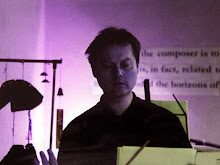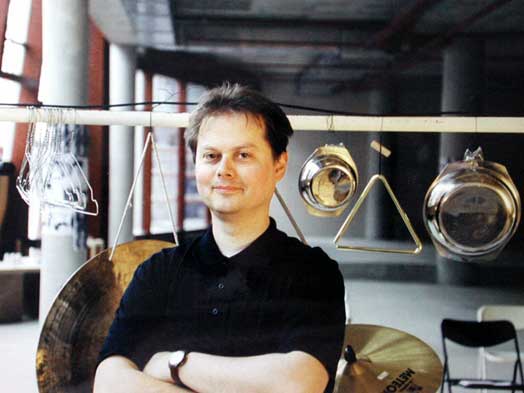"Life is both tragic and funny, both absurd and profoundly meaningful. More or less unconsciously, I've tried to embrace this double aspect of experience in the stories I've written – both novels and screenplays. I feel it's the most honest, most truthful way of looking at the world, and when I think of some of the writers I like best – Shakespeare, Cervantes, Dickens, Kafka, Beckett – they all turn out to be masters of combining the light with the dark, the strange with the familiar. The Inner Life of Martin Frost is a very curious story. A story about a man who writes a story about a man who writes a story – and the story inside the story, the film we watch from the moment Martin wakes up to find Claire sleeping beside him to the moment Martin stops typing and looks out the window, is so wild and implausible, so crazy and unpredictable, that without some doses of humour, it would have been unbearably heavy. At the same time, I think the funny bits underscore the pathos of Martin's situation. The tire scene, for example. The viewer knows that Claire has just left the car and run off into the woods, and here comes Martin pushing a tire down the road, unaware that the woman he loves has just disappeared – and suddenly the tire gets away from him. It's classic silent comedy: man versus object. He runs after the tire – only to have it bounce off a stone and knock him to the ground. Funny, but also pathetic. The same goes for Fortunato, with all his weird comments, bad jokes, and ridiculous short stories. He shows up when Martin is at his most abject, suffering over the loss of Claire, and amusing as I find this character to be, his presence underscores the powerful loneliness that has enveloped Martin."
– Paul Auster, in an interview which Céline Curiol conducted with him on August 22, 2006, to be found in The Inner Life of Martin Frost by Paul Auster (Picador/Henry Holt and Company, New York, 2007, page 16).
LINKS:
Paul Auster Bio & Bibliography - Wikipedia
Subscribe to:
Post Comments (Atom)





No comments:
Post a Comment